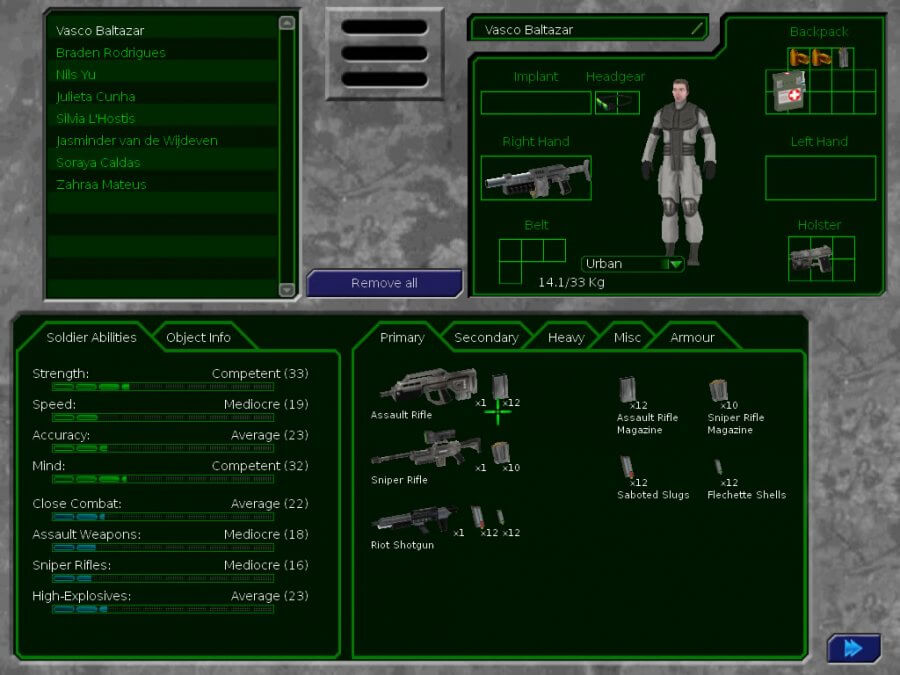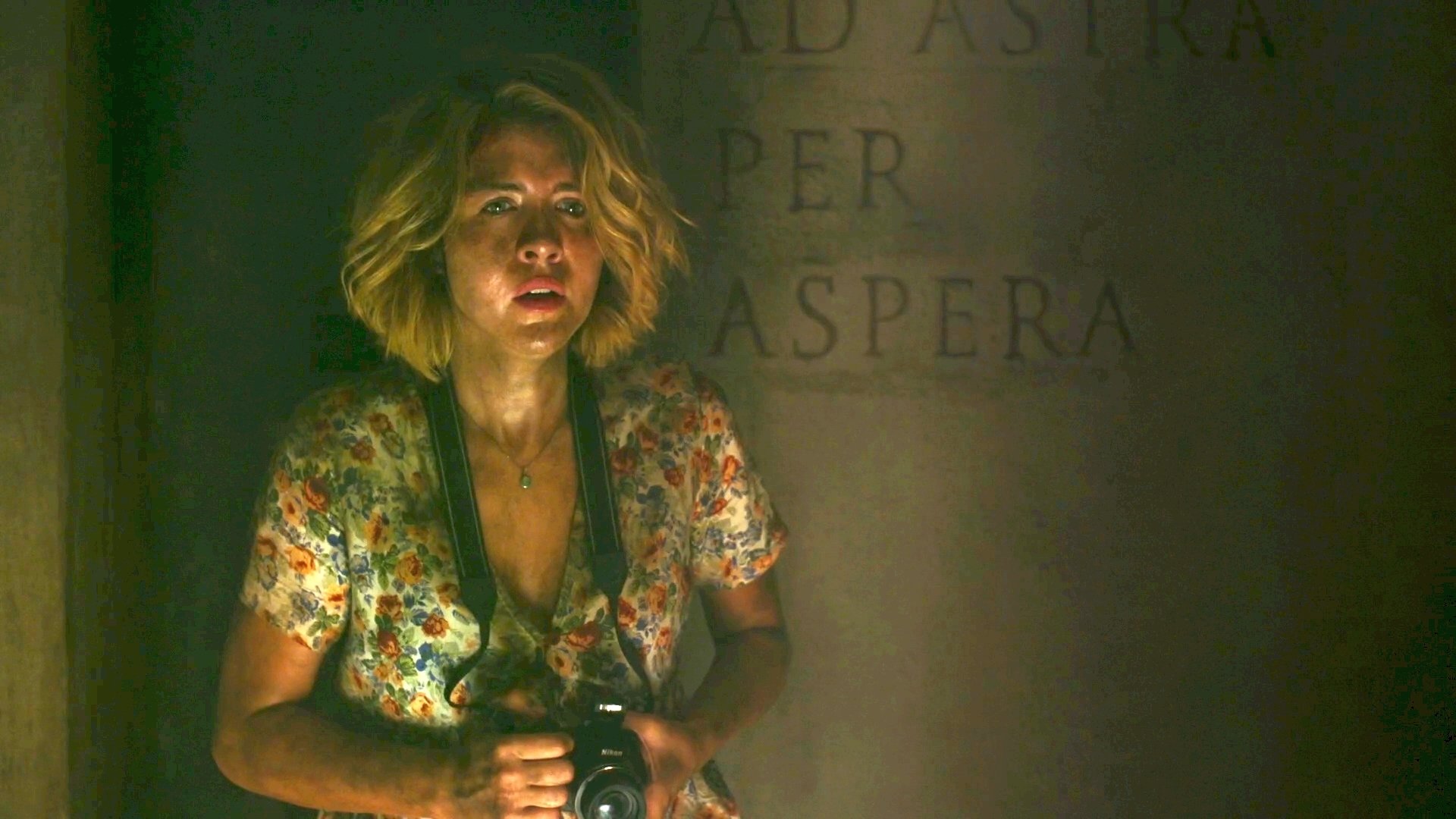
Though each sequence has a different level of interactivity, form of presentation of content, visual perspective and method of control, they together form a whole game-playing experience, so that any effort at interpretation must take into account not only the sequence in which they occur, but also the relationship between them. Instead, it offers three different ways of interacting with the story as it develops throughout play: film sequences in which successive events crucial to the plot take place, sequences dealing with managing the XCOM base, and tactical sequences, in which the player directly controls four, five, or six soldiers during a skirmish with hostile aliens. The XCOM experience is heterogeneous– in keeping with the poetics of the genre (of strategy games with a strong narrative component ) it does not offer the monochrome vision of the fictional world typical for story games, with an individual avatar through whose perspective we follow the entire plot progression.
#UFO ALIEN INVASION VS. XCOM TV#
That association is anything but unwarranted, since this game is a new edition of UFO: Enemy Unknown, a 1994 release, a year younger than that American TV show and even if not directly inspired by it, a product of the same era, adapted, nearly twenty years on, to the sensibility and expectations of the contemporary gamer.
#UFO ALIEN INVASION VS. XCOM SERIES#
There are also a few acting in secret to stop a global panic from occurring – this is another ingredient borrowed from the tradition of UFO stories, invariably accompanied by the certainty that the truth is being hidden by the United States government, set forth most elaborately in the TV series The X Files. This is a Wellsian narrative, but transformed to such an extent as to make possible active resistance and victory by the forces who the player controls – the game will not have the British army helpless the soldiers of XCOM are impeccably trained, and it is to them, not to an intervention by nature (or God?), that humanity will owe its salvation. The player’s task is not to unravel the mystery of where the mysterious spacecraft come from (as Roland Barthes observes, they could have come from the Soviet Union ), but to grab a weapon in order to stop the kidnappings, and then the attempted conquest of earth by an alien civilization. These two threads quickly become interwoven. Thus, Wells’s classic plot is complemented by the equally established pop culture topos of alleged meetings with aliens, said to have taken place in the mid- and late 20th century in the US, from encounters between flying saucers and American aviation to the Roswell crash and reports of people being abducted, subjected to bizarre probes, and then released. Soon, the scene will be supplemented with further information– the purpose of the attack is not to murder but to abduct people, and the aliens are circling above in flying saucers. It is true that the scale is much smaller, and the cylinder that falls from the stars does not blaze with deadly heat or carry passengers, but the analogy still seems quite apparent.

Wells’s classic War of the Worlds: the curious crowd gathered around the meteorite crater only to fall victim to sudden and incomprehensible aggression. It repeats almost word for word the scene of the first encounter with a strange civilization from H. The sequence described above, which opens the video game entitled XCOM: Enemy Unknown, references a classic topos of science fiction: an unprovoked and undeserved invasion from outer space.

Suddenly, a green gas begins to escape from the holes in its hull, thickening into a kind of spider’s web, which grabs the nearest onlookers and begins to pull them in the direction of the capsule. From the falling smoke, there slowly emerges the metallic shape of the probe, apparently of extraterrestrial origin. Surrounded by a ring of fire, it falls into the centre of a European city, and curious passersby begin to congregate around the crater. Both are equally terrifying.” The tremulous blue letters resemble a hologram displayed in the night sky, cut across by a falling star. Clarke flashes in the darkness: “Two possibilities exist: Either we are alone in the Universe or we are not.


An aphorism from English science-fiction writer Arthur C.


 0 kommentar(er)
0 kommentar(er)
